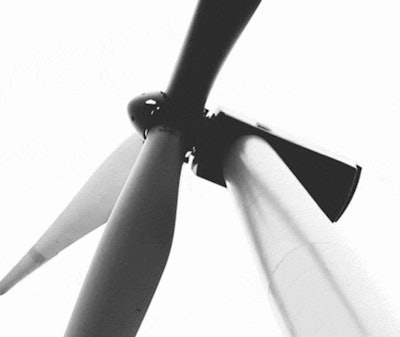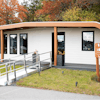
A new report released this week at the World Economic Forum in Davos estimates that members of the Organization for Economic Cooperation and Development (OECD) will need to invest more than $7.6 trillion over the next 25 years to meet their energy policy goals, further reduce emissions and create a more sustainable system for producing electricity from renewables and cleaner fuels such as natural gas.
They will also need to invest heavily in modernizing, expanding and decentralizing their power grids to make them more robust and resilient. “The electricity sector is at a cross-roads,” says Julian Critchlow, partner at Bain & Company who co-wrote the Future of Electricity report. “We are entering a period of unprecedented investment to meet our energy policy goals, but decreasing returns and increasing risk are raising questions over future investment.”
The report calls for a coordinated effort by policymakers, regulators and businesses to ensure the power sector can continue to attract the investments needed to build a more secure, sustainable electricity sector. “This unprecedented transformation in the global power industry toward a low-carbon environment raises significant challenges for countries seeking to balance the need for sustainability, energy security and competitiveness,” says Steve Bolze, president and CEO of GE Power & Water and co-chair of the WEF Energy Utilities & Energy Technology community. “Yet it also raises tremendous opportunities for investing in innovative technologies that can help bring about more sustainable economic growth for countries and a higher standard of living for their people.” (Read Bolze’s opinion piece here.)
For example, Europe’s industrial dynamo, Germany, will lose as much as fifth of its electricity generation capacity over the next decade as the country pulls the plug on nuclear reactors. A process called Energiewende will replace nuclear power with a combination of electricity from natural gas and renewables.
But it won’t be easy. Nuclear plants feed the electrical grid with crucial “base load power,” the minimum amount of electricity that must flow through the grid for the country to run. Unlike wind or solar electricity, which ebb and flow with the whims of the weather, base load power must remain reliable and always on.
Innovation is playing a key role in the transition. The latest flexible gas turbines and gas engines are already converting natural gas into electricity at a low cost and allow operators to blend in intermittent renewable power like solar and wind power into the grid.
Big Data and the Industrial Internet will also allow utilities to boost efficiency. “Energy builds and supports modern economies, and is fundamental to our daily lives,” says Bolze. “We have an obligation to future generations to address the current limitations impacting the electricity sector, and provide a sound foundation for future economic investment, progress and quality of life improvements.”
For more stories like this, check out GE Reports.






















